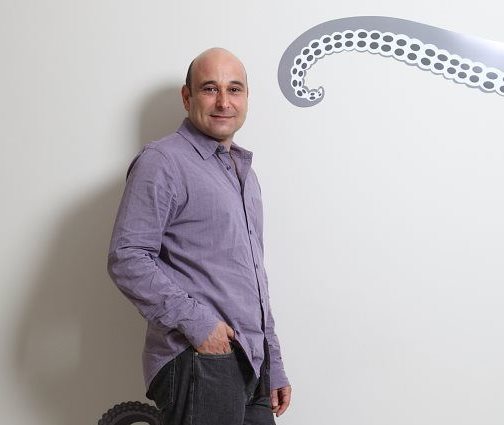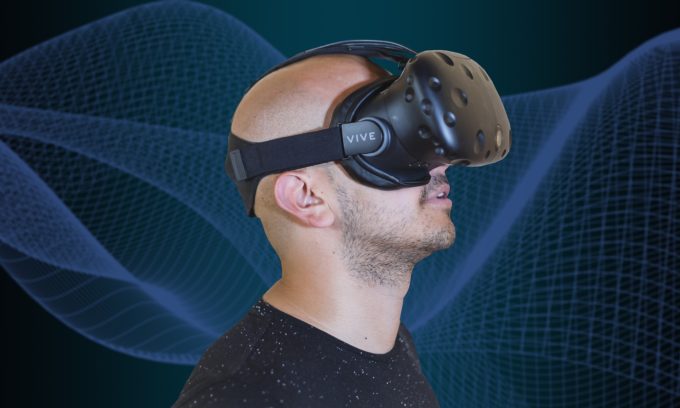27 SEP 2019 | BY GLENN GILLIS
Virtual Reality (VR) has received a lot of airtime over the past few years. For retailers, in particular, the technology offers completely new ways to reach their audiences. But are we thinking about this in the right way?

VR is a fundamentally new media platform that we don’t yet fully understand. Remember when we first started creating websites, and we put what were effectively company brochures online? Then we made interactive pdfs. Then the power of the web emerged over time and the way we look at and develop online now is worlds away from the brochureware of the early internet era.
With VR we are seeing a lot of that same thinking. Retailers use VR to create a virtual store that looks like a store. Why? Because it’s comfortable. But what if I want to buy my firelighters, charcoal and boerewors at once? VR offers lots of opportunity to cross merchandise, dynamically and for each customer uniquely.
Amazon is a good example of how retailers can cross-sell if they use the data they have to hand. When you go shopping on Amazon, it organises the first layer of content – for example, pots. The minute you click on the pots and head to the second layer, you get 20 things that are unrelated to but influenced or triggered by your decision. All of this still within a 2-dimensional website. Imagine if they were freed up to present the information in a series of 3D worlds?
Most retail stores are still laid out very much the same way they’ve been for years. We have enough sales data to determine what people in Kenilworth, for example, want – why do we not tailor the store layout to their preferences? Why are we stocking full stores when we could use data-driven customer insights to stock enough in the store to prompt shoppers to go from the real store to the virtual one. Planograms (ideal shelf layouts) could be unique for each store, and stores can be designed much more quickly, in a more collaborative way than is currently the case.
Most store design has limited input from marketing teams, it is driven by operations people. However, marketing’s ambit has always been product, price, promotion and place. VR is an invitation to drive store layout and the retail experience very differently because we do not know what the future of ‘place’ is, and that’s where marketing needs to be involved.
To take this even further, what happens if the shopping itself is in VR: Is the future of Pick n Pay a coffee shop? In other words, a relaxed environment that is carefully curated that invites you to come in and have a shopping experience, over coffee, where you can virtually explore your options and get expert advice if you need it.
Getting up close and personal – virtually
As brands, we need to be invited into our customers’ space. With VR, engagement by consumers is voluntary. So where in VR is your brand? A banner? A product? An experience? We have to shift our mindsets about what the future of engagement looks like.
If you’re selling furniture, for example, where the degree of knowledge of the person selling is important, VR enables you to provide customers with the salesperson, utility and experience all wrapped up in one place. So if I’m buying this backpack, you can say to me, “have you thought of these boots?, “and, as you’re in Cape Town, would you like a virtual hike to the top of Table Mountain to inspire you?”.
A 2015 WIRED article called VR “the ultimate empathy machine” because it lets you literally experience reality through someone else’s eyes. When you think about the big challenges companies face – recruitment, induction, customer service training – a lot of these are about empathy processes. VR could be the game-changer for that.
Who is responsible for customer service training in your business? HR? Marketing? Then both need to be at the same table. The store experience you’re developing for customers can be used to train staff on how to deal with difficult customers, or on your products. You can be very efficient using VR if we move beyond the siloed approach.
Where to start, where to start?
Retailers need to start creating digital images of their products now. If you don’t start now you’ll struggle to catch up. We recommend every company has a strategy to build digital objects, and the way you build these should prepare you for the near future of VR, AR and even serious games. The good news if you do it right, you can re-use these digital assets in ways that we haven’t yet imagined.
VR may seem expensive but only compared to the alternative – which is to be overtaken by your competitors, or to try and do some of these things in the real world. The devices needed for it to become mainstream have just come onto the market and they’re becoming more affordable. The tech is maturing, and the devices are maturing, which means it’ll be mainstreaming soon.
Additionally, VR is not expensive to do if you do the full business case. A relatively small investment will get you a properly designed virtual store – today – that will work for everyone, from HR to your customers, and put you ahead of your competitors.
The future is now. Learn the processes, and the tech and lay the groundwork. You will see VR affecting all aspects of retail in the next two to three years. We’re not sure what retail will look like in the next 10 years, but VR can solve pressures retailers are under now by allowing for smaller stores, with a better experience that allows your customers to see what you have, not what you don’t.
This article was repurposed from Bizcommunity on 30 September 2019.

